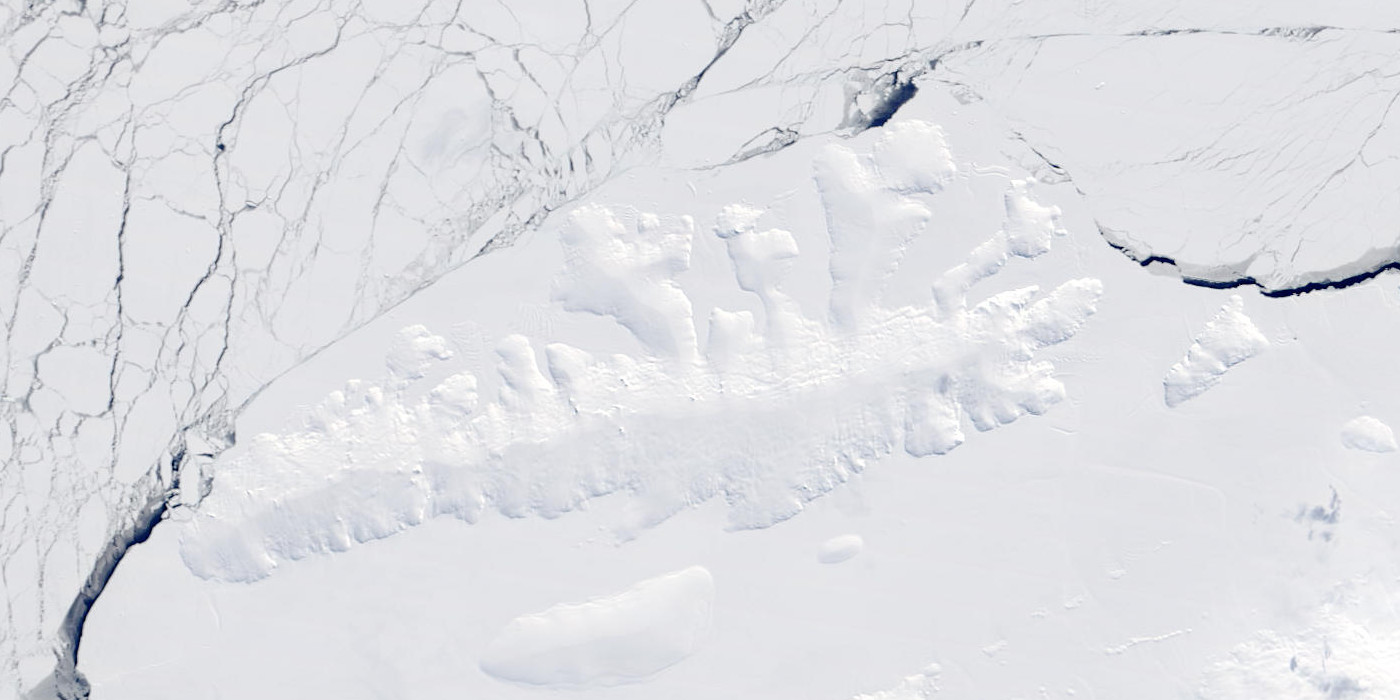|
Cape Walker
Cape Walker () is an ice-covered cape which forms the southeast end of Thurston Island. It was named by the Advisory Committee on Antarctic Names after Captain Edward K. Walker, captain of the ''Canisteo'', a tanker in the Eastern Group of U.S. Navy Operation Highjump, U.S. Navy Operation HIGHJUMP from 1946 to 47. Maps Thurston Island – Jones Mountains.1:500000 Antarctica Sketch Map. US Geological Survey, 1967. Antarctic Digital Database (ADD). Scale 1:250000 topographic map of Antarctica. Scientific Committee on Antarctic Research (SCAR). Since 1993, regularly upgraded and updated. Headlands of Ellsworth Land Thurston Island {{ThurstonIsland-geo-stub ... [...More Info...] [...Related Items...] OR: [Wikipedia] [Google] [Baidu] |
Thurston Island - En
Thurston may refer to: Places Antarctica *Thurston Glacier, Marie Byrd Land, Antarctica *Thurston Island, off Ellsworth Land, Antarctica United Kingdom * Thurston, Suffolk, England, a village ** Thurston railway station *Thurston's Hall, a former snooker and billiards venue in London * Thurston End, a hamlet in Hawkedon parish United States *Thurston County, Nebraska **Thurston, Nebraska, a village *Thurston, New York, a town *Thurston, Ohio, a village *Thurston, Oregon (other), several places * Thurston, Virginia, an unincorporated community *Thurston County, Washington People *Thurston (name), a list of people with this given name or surname Other uses *Thurston Gardens, botanical gardens in Suva, Fiji *Thurston Elementary School, Ann Arbor, Michigan *Thurston High School, Springfield, Oregon *Thurston House (other), several houses on the US National Register of Historic Places * USS ''Thurston'' (AP-77), a World War II troop transport See also *Thurstone *T ... [...More Info...] [...Related Items...] OR: [Wikipedia] [Google] [Baidu] |
Thurston Island
Thurston Island is an ice-covered, glacially dissected island, long, wide and in area, lying a short way off the northwest end of Ellsworth Land, Antarctica. It is the third-largest island of Antarctica, after Alexander Island and Berkner Island. The island was discovered from the air by Rear Admiral Byrd on February 27, 1940, who named it for W. Harris Thurston, a New York textile manufacturer, designer of the windproof "Byrd Cloth" and sponsor of Antarctic expeditions. Thurston Island is separated from the mainland by Peacock Sound, which is occupied by the western portion of Abbot Ice Shelf. It divides Bellingshausen Sea to the east from Amundsen Sea to the west. Originally mistaken as a peninsula, the feature was not recognised an island until 1960. Geography The western extremity of the island is Cape Flying Fish. The eastern extremity is Cape Annawan, off Tierney Peninsula. The southeast end of the island is Cape Walker. The island is divided south-north by the ... [...More Info...] [...Related Items...] OR: [Wikipedia] [Google] [Baidu] |
Advisory Committee On Antarctic Names
The Advisory Committee on Antarctic Names (ACAN or US-ACAN) is an advisory committee of the United States Board on Geographic Names responsible for recommending commemorative names for features in Antarctica. History The committee was established in 1943 as the Special Committee on Antarctic Names (SCAN). It became the Advisory Committee on Antarctic Names in 1947. Fred G. Alberts was Secretary of the Committee from 1949 to 1980. By 1959, a structured nomenclature was reached, allowing for further exploration, structured mapping of the region and a unique naming system. A 1990 ACAN gazeeter of Antarctica listed 16,000 names. Description The United States does not recognise territorial boundaries within Antarctica, so ACAN assigns names to features anywhere within the continent, in consultation with other national nomenclature bodies where appropriate, as defined by the Antarctic Treaty System. The research and staff support for the ACAN is provided by the United States Geologi ... [...More Info...] [...Related Items...] OR: [Wikipedia] [Google] [Baidu] |
Edward K
Edward is an English given name. It is derived from the Anglo-Saxon name ''Ēadweard'', composed of the elements '' ēad'' "wealth, fortune; prosperous" and '' weard'' "guardian, protector”. History The name Edward was very popular in Anglo-Saxon England, but the rule of the Norman and Plantagenet dynasties had effectively ended its use amongst the upper classes. The popularity of the name was revived when Henry III named his firstborn son, the future Edward I, as part of his efforts to promote a cult around Edward the Confessor, for whom Henry had a deep admiration. Variant forms The name has been adopted in the Iberian peninsula since the 15th century, due to Edward, King of Portugal, whose mother was English. The Spanish/Portuguese forms of the name are Eduardo and Duarte. Other variant forms include French Édouard, Italian Edoardo and Odoardo, German, Dutch, Czech and Romanian Eduard and Scandinavian Edvard. Short forms include Ed, Eddy, Eddie, Ted, Teddy and Ned. Peop ... [...More Info...] [...Related Items...] OR: [Wikipedia] [Google] [Baidu] |
Headlands Of Ellsworth Land
A headland, also known as a head, is a coastal landform, a point of land usually high and often with a sheer drop, that extends into a body of water. It is a type of promontory. A headland of considerable size often is called a cape.Whittow, John (1984). ''Dictionary of Physical Geography''. London: Penguin, 1984, pp. 80, 246. . Headlands are characterised by high, breaking waves, rocky shores, intense erosion, and steep sea cliff. Headlands and bays are often found on the same coastline. A bay is flanked by land on three sides, whereas a headland is flanked by water on three sides. Headlands and bays form on discordant coastlines, where bands of rock of alternating resistance run perpendicular to the coast. Bays form when weak (less resistant) rocks (such as sands and clays) are eroded, leaving bands of stronger (more resistant) rocks (such as chalk, limestone, and granite) forming a headland, or peninsula. Through the deposition of sediment within the bay and the erosion of th ... [...More Info...] [...Related Items...] OR: [Wikipedia] [Google] [Baidu] |

